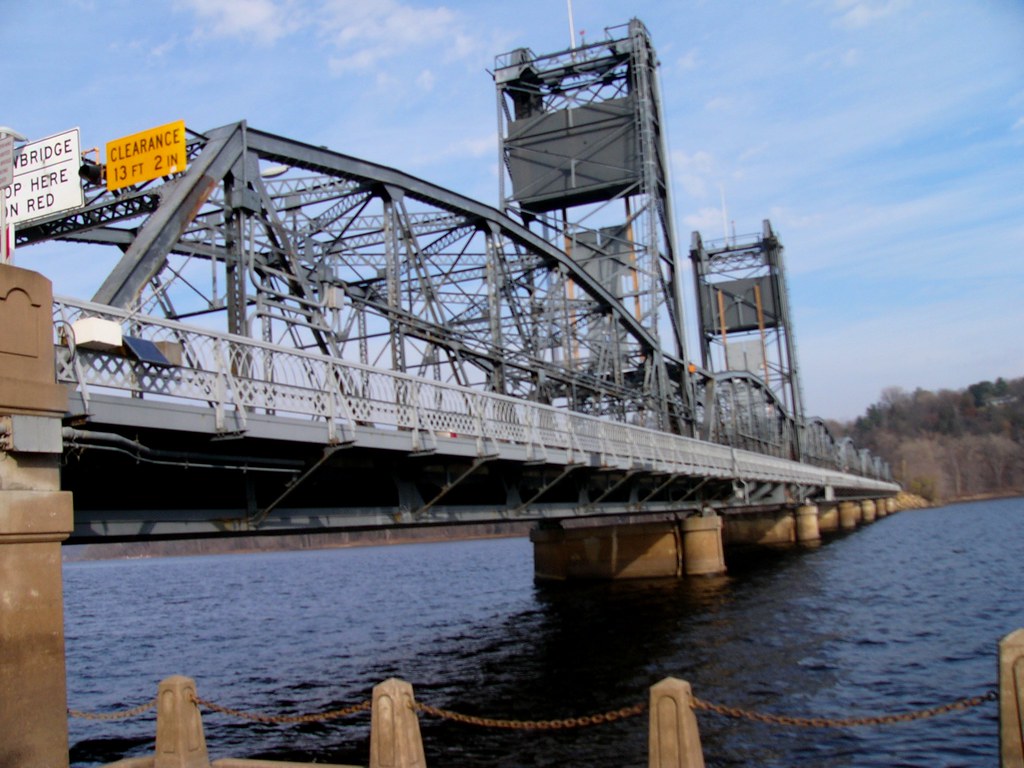 In a taste of what the world would be like if a new
In a taste of what the world would be like if a new boondoggle St. Croix River Bridge were never built, the Stillwater Lift Bridge closed on September 10 for a 3-month rehabilitation project. Thus far, the world has not ended.
It should be remembered that one of the key arguments for the new bridge project was not only that the Lift Bridge is woefully deficient — as of its 2005 inspection, it had a “sufficiency rating” of 2.8 on a 100 point scale — and that the traffic is unsuited for downtown Stillwater, but that it is “necessary” so people need not go south to I94 or north to Osceola/MN243 to cross the river. The cost of the project is estimated at $690 million, to carry 16,000 vehicles a day. The math is dreadful.
It should be noted that the ongoing rehabilitation project schedule for the Lift Bridge will not magically make it meet legal definitions of sufficiency. Many of these projects are designed to avoid having the bridge get stuck in an up position, which is valuable whether the bridge is in use for cars, or if it is part of a new bicycle loop.
While the bridge is closed and the world is not ending, though, the Coalition for the St. Croix River Crossing continues to raise money to “advocate” for the new bridge. Which was approved already, mind you. Because “To get anything through Congress in an environment like today, and then let some other outside group to use a lawsuit or some other bureaucratic process to stop the bridge would be tragic,” according to their spokesperson.
Tragic. Failure to spend $600 million that could be used to repair every deficient bridge in the state is tragic? Failure to encourage sprawl is tragic? I feel like someone is missing a sense of proportion, and I’m fairly certain it’s not me, based on past postings about this bridge project by others.
If anything, the fact that the bridge can be closed for 3 months at a crack without the world ending, the bridges at I94 and MN243 becoming overly congested, or, really, much impact on most citizens is telling, is it not?
Still, there are 84 days to go. Maybe the world will end. Maybe the $600 million will magically make sense. What do you think?
